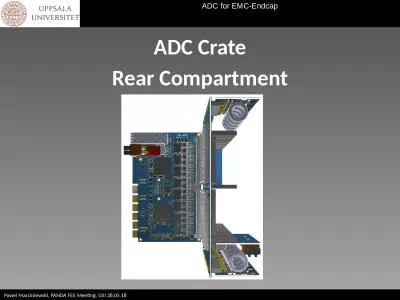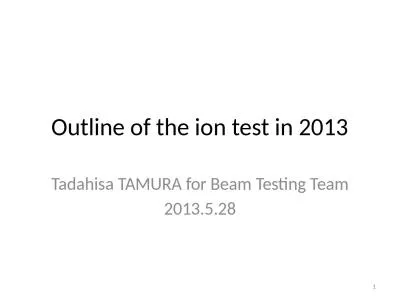PPT-1 New algorithms for ADC Linearity Test:
Author : adia | Published Date : 2024-02-02
Greatly reduce test time while maintaining or even improving test accuracy Degang Chen Iowa State University 2 Why ADC ADC is the largest volume mixedsignal function
Presentation Embed Code
Download Presentation
Download Presentation The PPT/PDF document "1 New algorithms for ADC Linearity Test:" is the property of its rightful owner. Permission is granted to download and print the materials on this website for personal, non-commercial use only, and to display it on your personal computer provided you do not modify the materials and that you retain all copyright notices contained in the materials. By downloading content from our website, you accept the terms of this agreement.
1 New algorithms for ADC Linearity Test:: Transcript
Greatly reduce test time while maintaining or even improving test accuracy Degang Chen Iowa State University 2 Why ADC ADC is the largest volume mixedsignal function Widely embedded in many large circuits and systems. Its importance can hardly be over estimated for the area of randomized algorithms and probabilistic methods Its main power lies in the facts that it i is applicable for sums of any random variables independent or not and ii that it often allows simp Introduction to Mechatronics. Fall 2012. Craig . Woodin. Ali . AlSaibie. Ehsan Maleki. Background Information. What is ADC?. Conversion Process. Accuracy. Examples of ADC applications. Presenter: Craig . John Milne PhD, NIBRT. 20. th. . June 2014. Ehrlich reasoned that if a compound could be made . that. selectively . targeted a disease-causing organism, . then . a toxin . for. . . that organism could be delivered along . Massimo . Robberto. JWST/. NIRCam. STScI TIPS – Sep. 16, 2010. Ouverture. IR detectors are non linear. Linearity is assumed at the beginning of the ramp. linear fit to the first 20 samples. The “true” slope depends on the range of the assumed linear regime. Section 3.2a. A function will not have a derivative at a point . P . (. a. , . f. (. a. )) where. the slopes of the secant lines,. How . f. (. a. ) Might Fail to Exist. f. ail to approach a limit as . Revision 0. 1. Erratum. 2. This issue is fixed in revision A. ADC Linearity (Untrimmed, Rev. 0). 3. 16-Bit, Differential, ADC A INL/DNL (selected range). ADC Linearity (Untrimmed, Rev. 0). 4. 12-Bit, Differential, ADC A INL/DNL (selected range). Problem - a well defined task.. Sort a list of numbers.. Find a particular item in a list.. Find a winning chess move.. Algorithms. A series of precise steps, known to stop eventually, that solve a problem.. EECT 7327 . Fall 2014. Successive Approximation. (SA) ADC. Successive Approximation ADC. – . 2. –. Data Converters Successive Approximation ADC Professor Y. Chiu. EECT 7327 . Fall 2014. Binary search algorithm → N*. EECT 7327 . Fall 2014. Algorithmic . (Cyclic) ADC. Algorithmic (Cyclic) ADC. – . 2. –. Data Converters Algorithmic ADC Professor Y. Chiu. EECT 7327 . Fall 2014. Input is sampled first, then circulates in the loop for N clock cycles. Marie Martin, PhD. Kurk . A. Rogers, RN, BSN, CNOR, MBA (CDR, NC, . USN [. RET. ]). With information from . Mary W. Matz, MSPH, CPE, . CSPHP. Objectives. On completion of this training program, participants will be able to:. behalf. . of. SAMPA team and Norwegian . group. SAMPA . linearity. test . results. SAMPAmeeting. 11.03.2015. Gain. and . Peaking. time. Setup . configuration. Connecting. . a . small. . capacitance. [X]= =xi]= E[X]= =xi]= E[X]= =xi]= E[X]= =xi]= E[X]= =xi]= E[X]= =xi]= E[X]= =xi]= E[X]= =xi]= E[X]= =xi]= E[X]= E[X]= Linearity of Expectation: E[X + Y] = E[X] + E[Y]Example: Birthday Paradoxm balls Rear Compartment. Pawel Marciniewski, . PANDA . FEE . Meeting, GSI . 28.05.18. ADC for EMC-Endcap. - . Encapsulation. and . Cooling. Courtesy. KVI. Pawel Marciniewski, . PANDA . FEE . Meeting, GSI . Tadahisa TAMURA for Beam Testing Team. 2013.5.28. 1. Ion beam test at H8. 2. Control rooms for the H8 beam line. JC-detector. moving table. IC-CHD. Si Tracker. beam pipe. BBM3. H8 beam area. Schematic drawing of Detectors and DAQ System.
Download Document
Here is the link to download the presentation.
"1 New algorithms for ADC Linearity Test:"The content belongs to its owner. You may download and print it for personal use, without modification, and keep all copyright notices. By downloading, you agree to these terms.
Related Documents

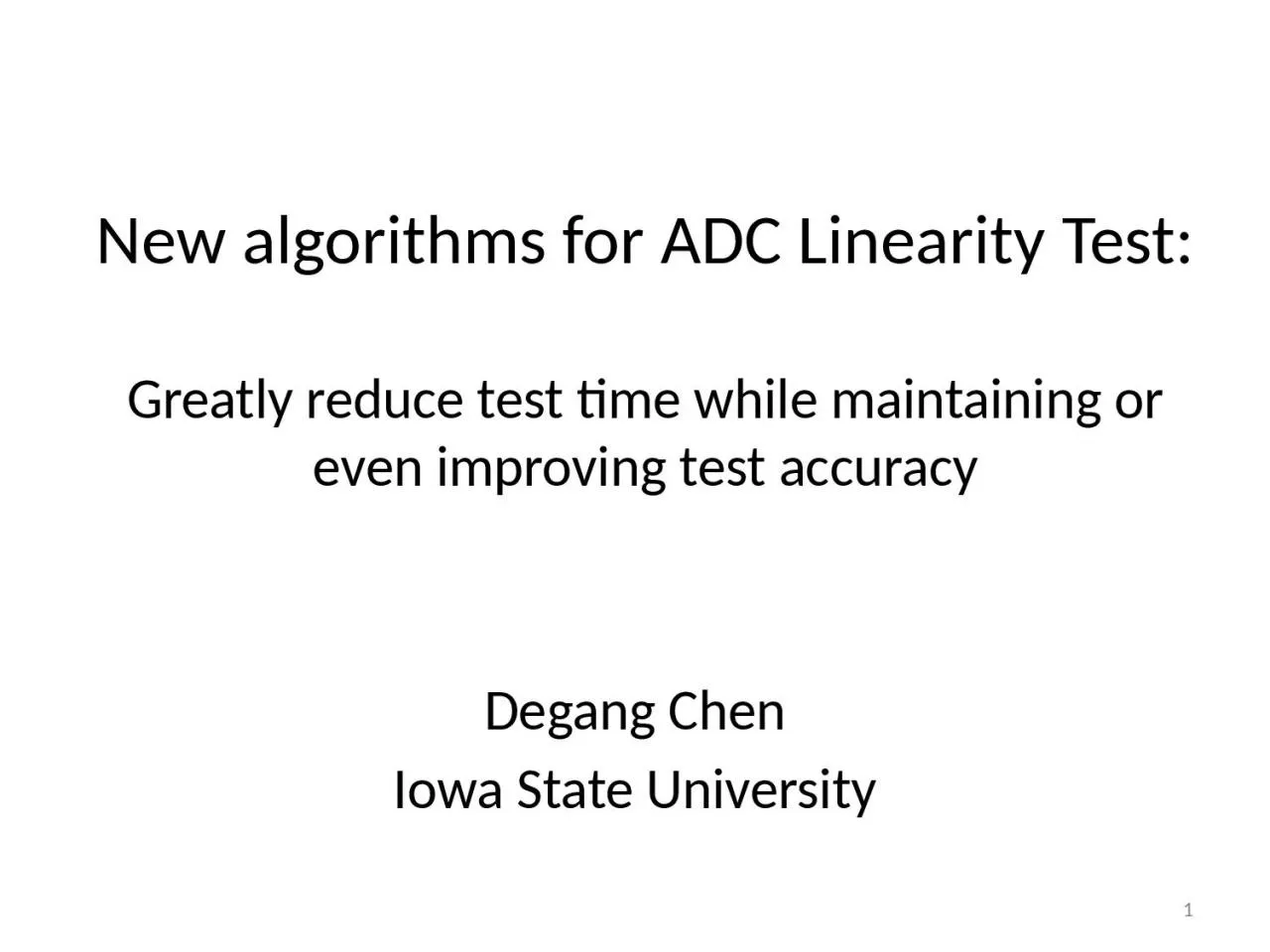
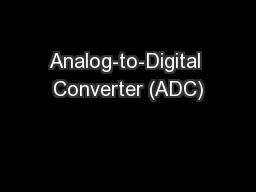

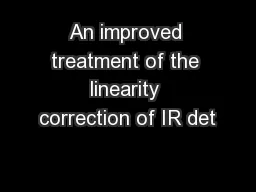

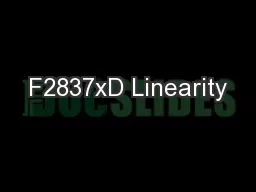
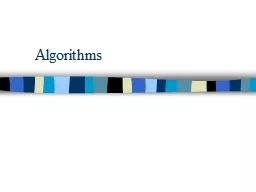
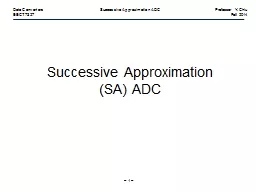
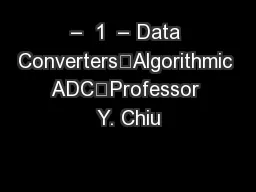
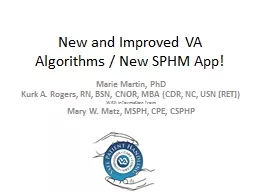
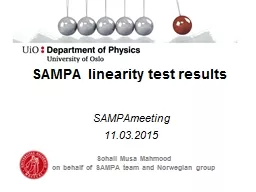
![Linearity of Expectation: E[X + Y] = E[X] + E[Y]Example: Birthday Para](https://thumbs.docslides.com/823908/linearity-of-expectation-e-x-y-e-x-e-y-example-birthday-para.jpg)
